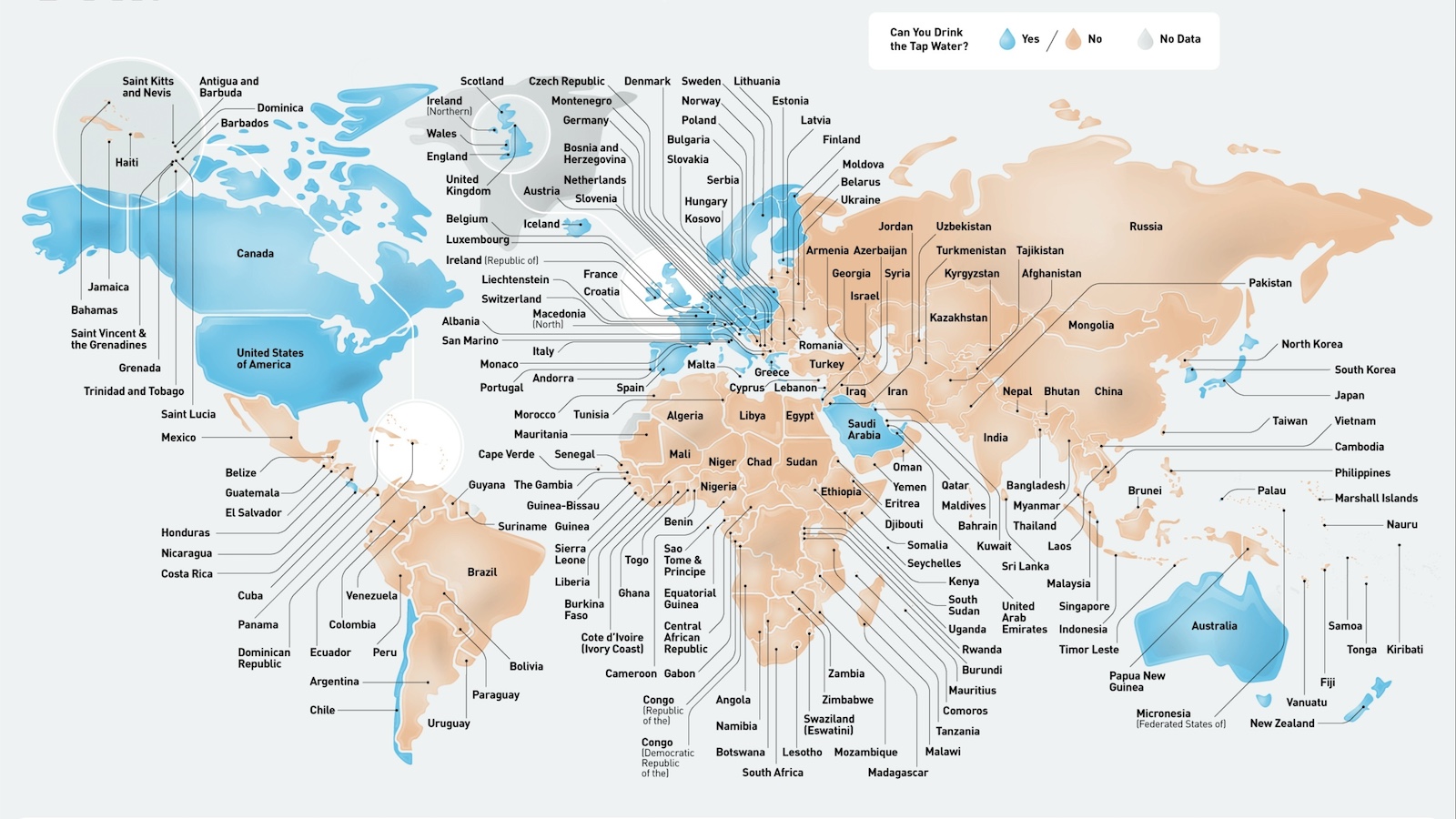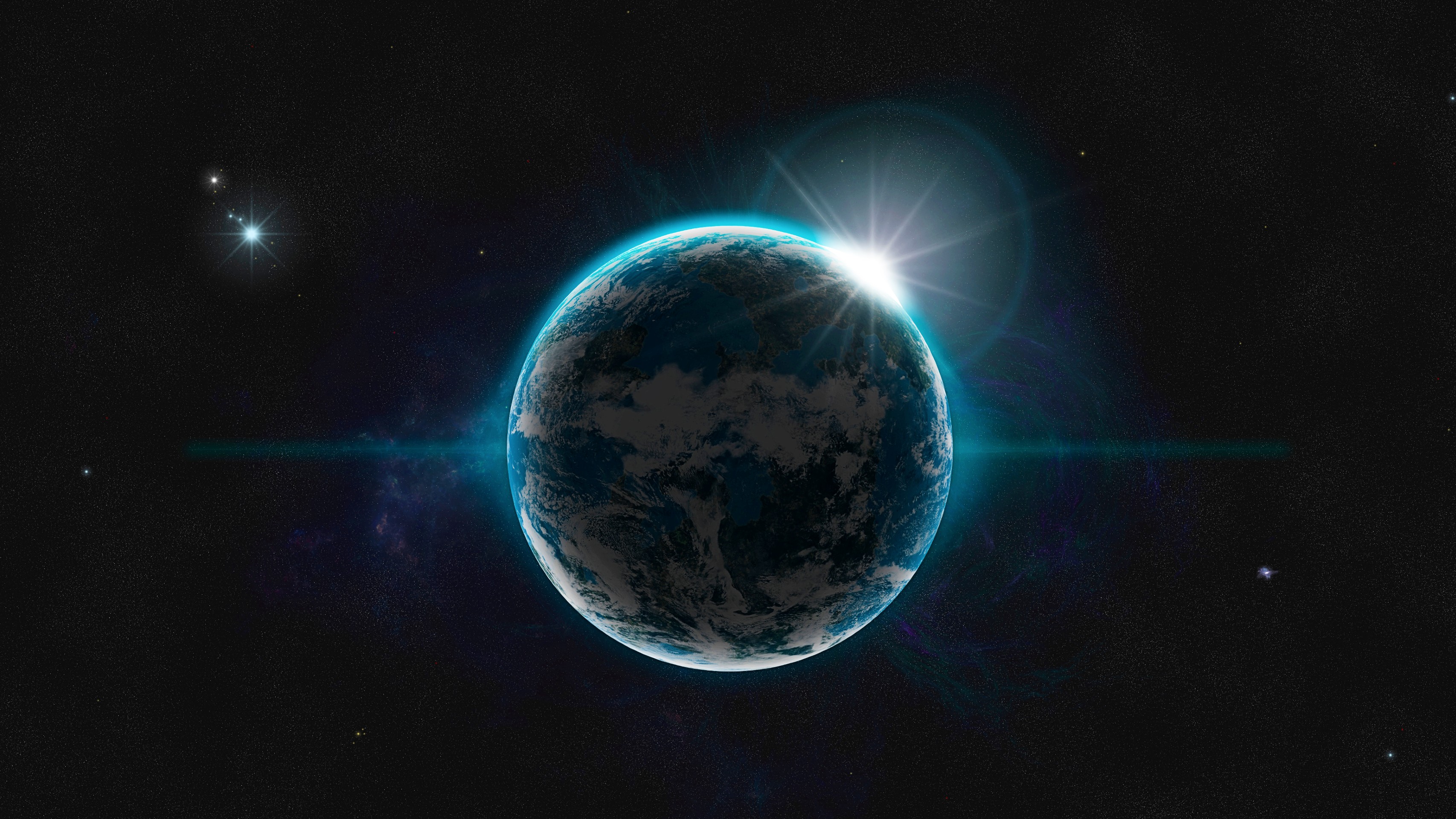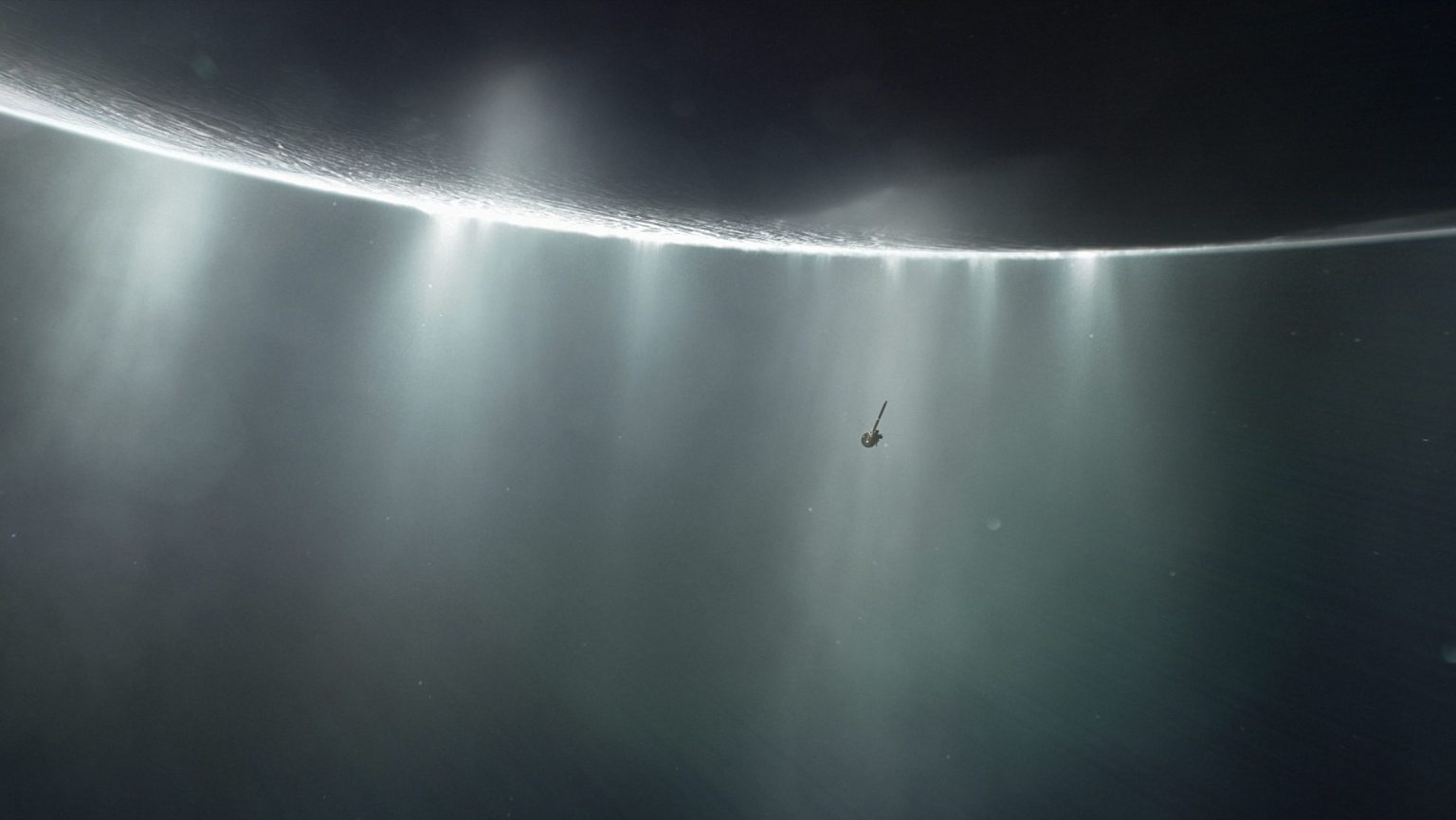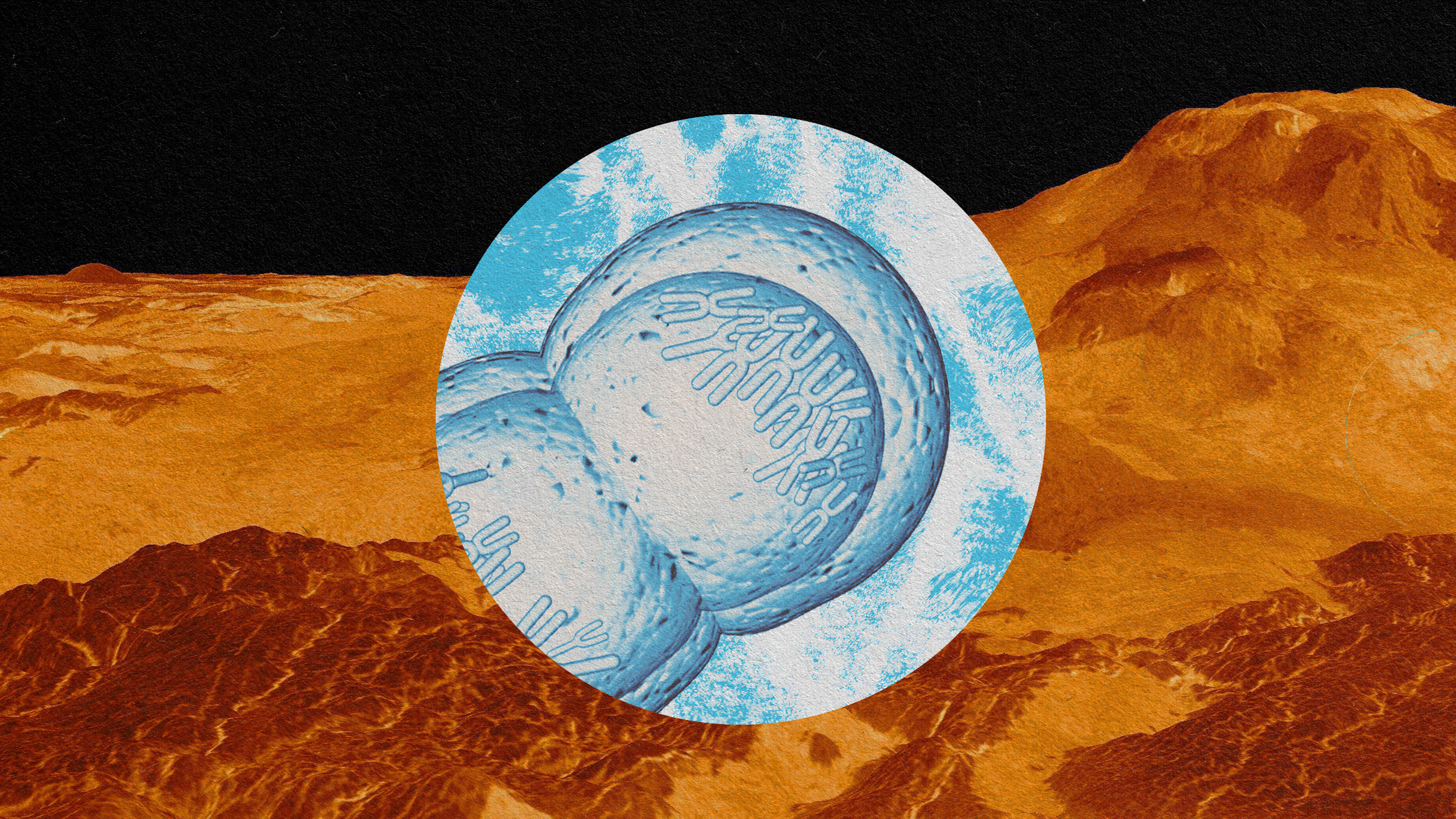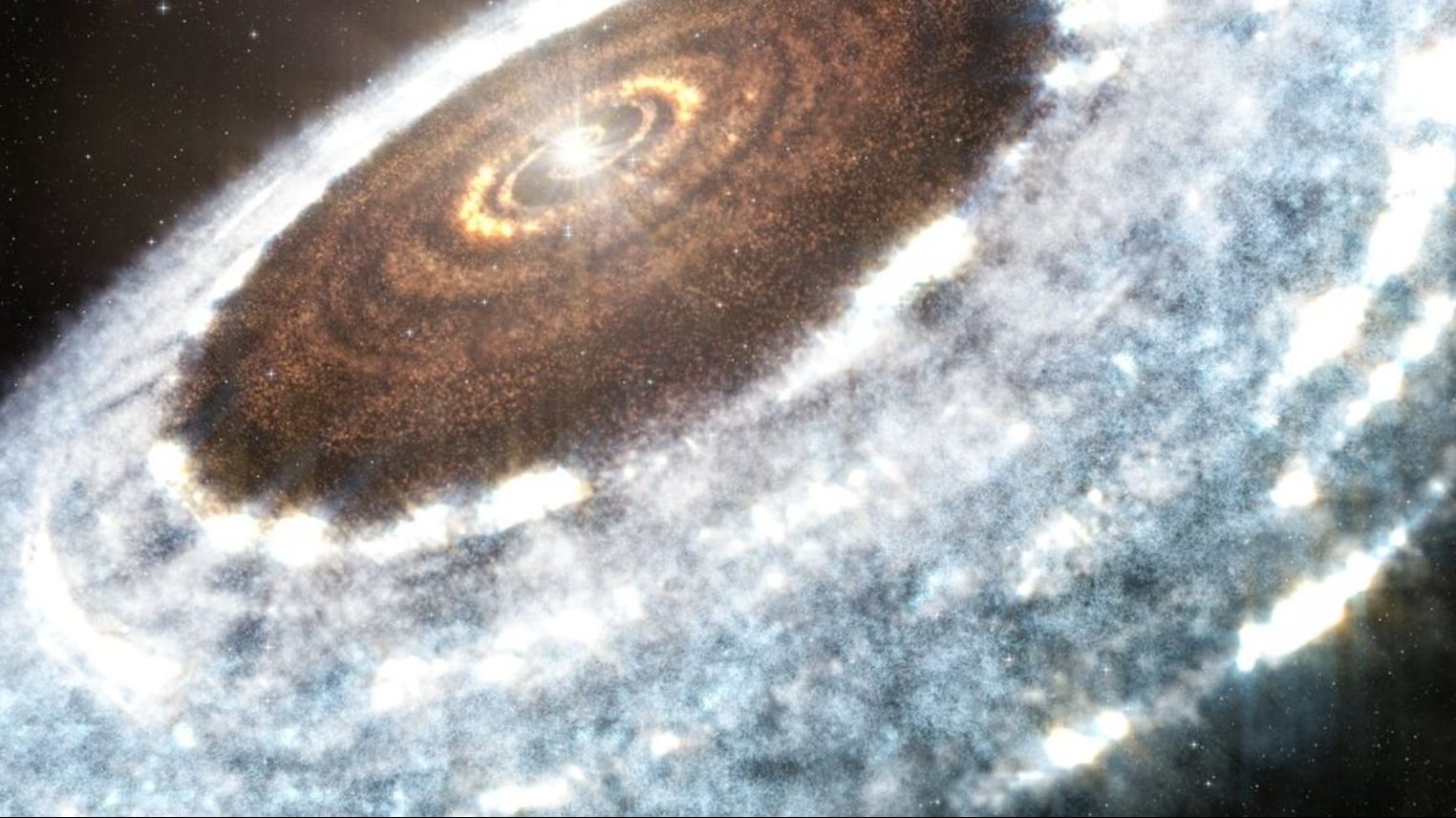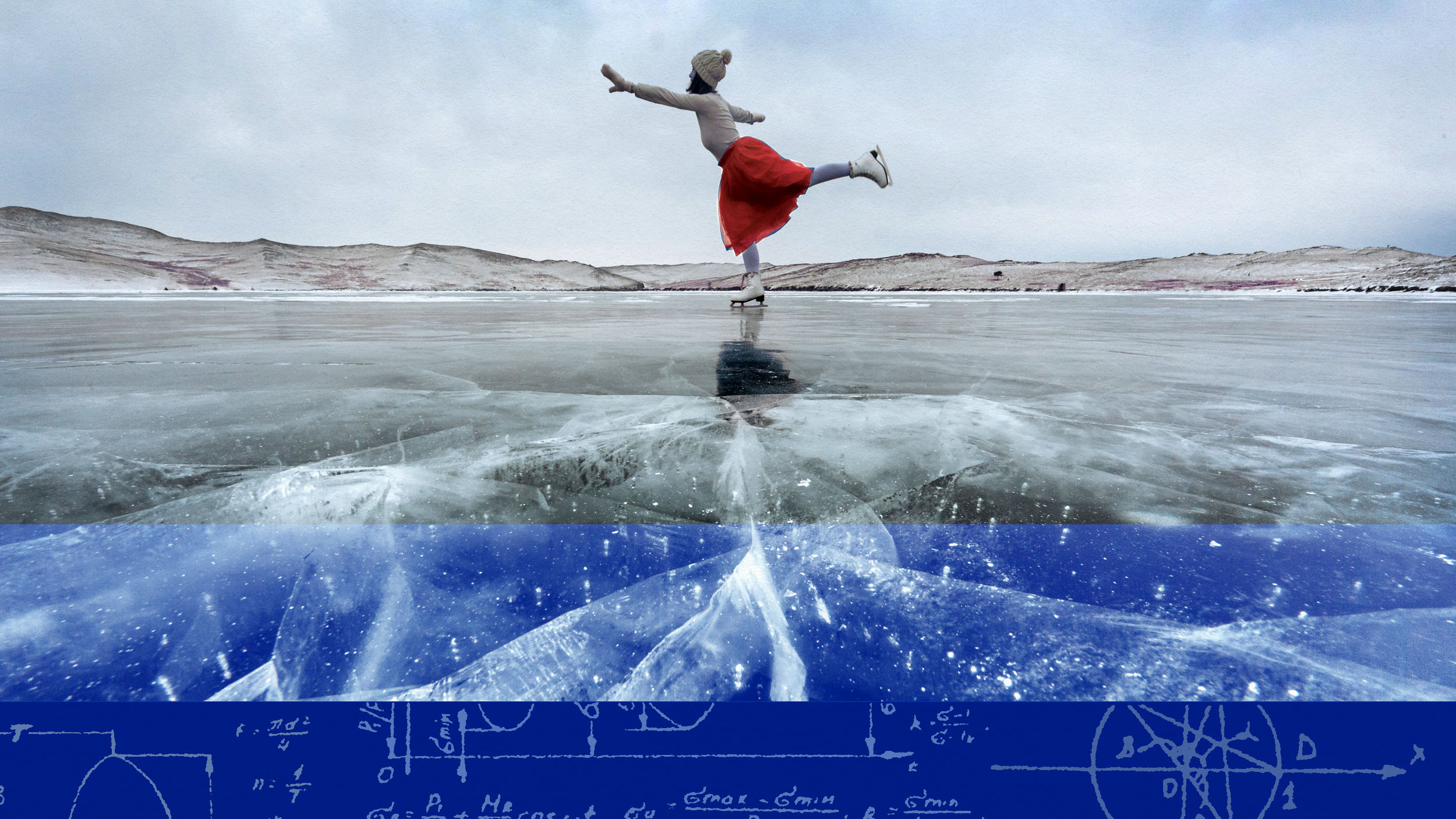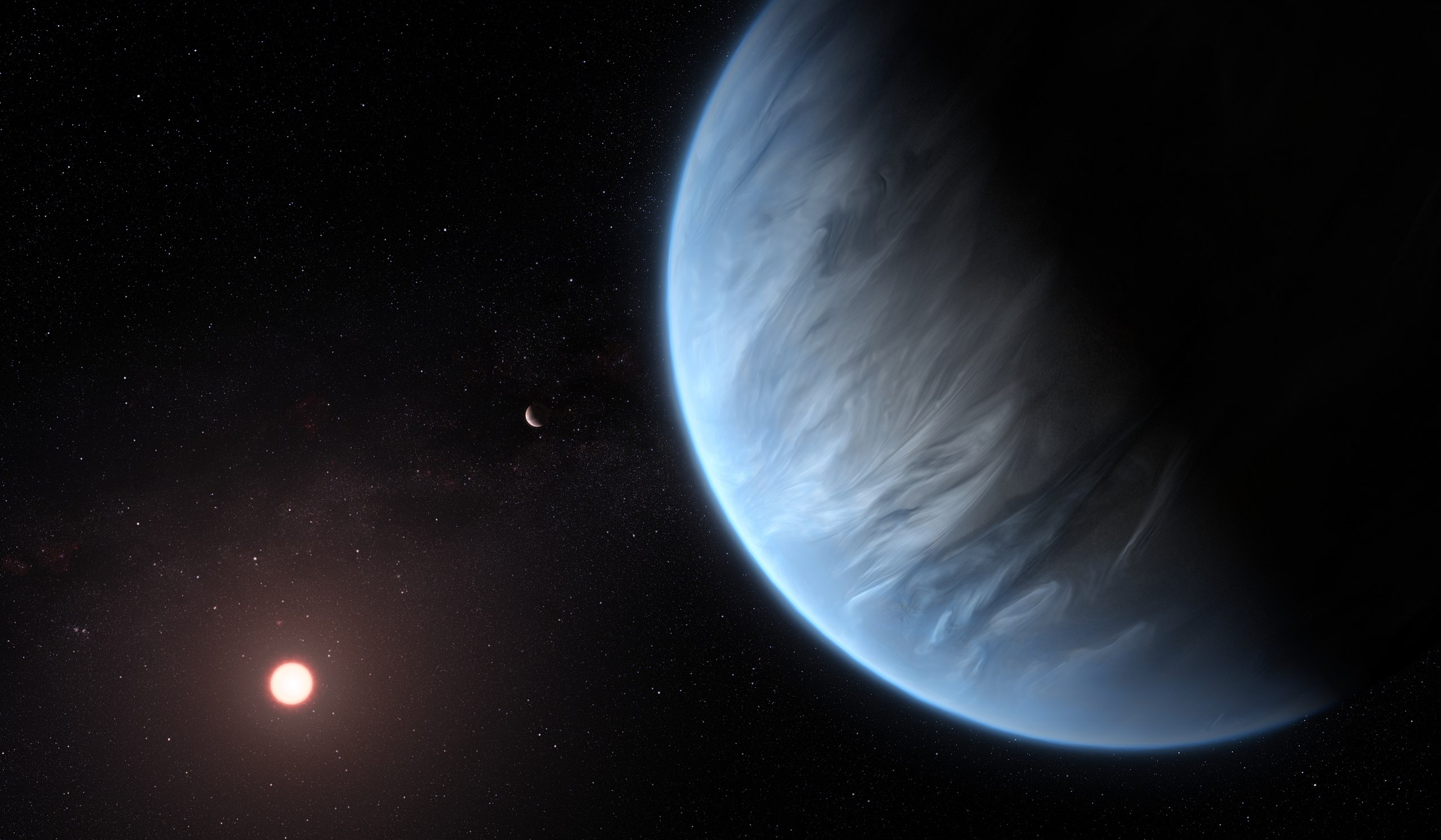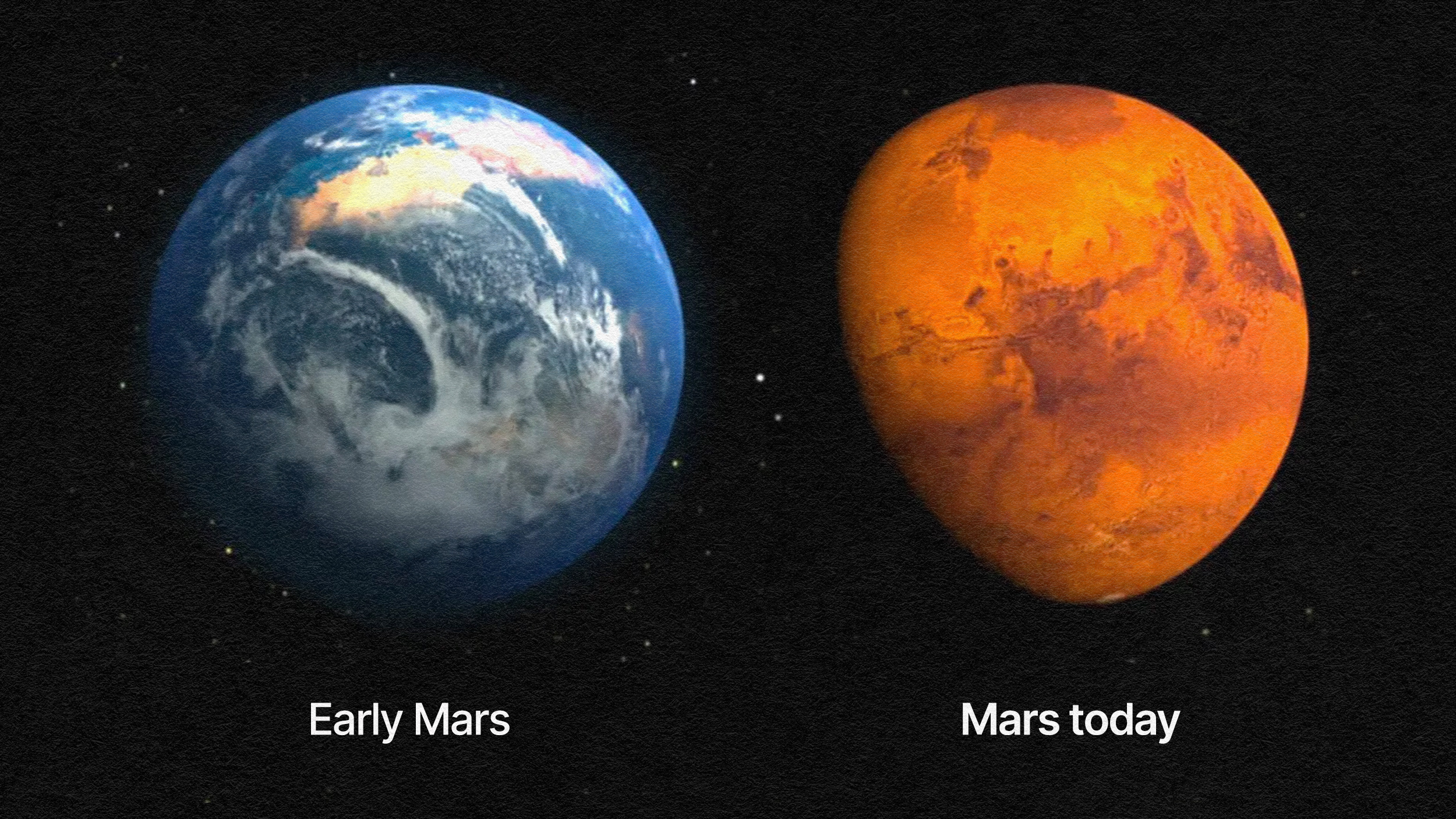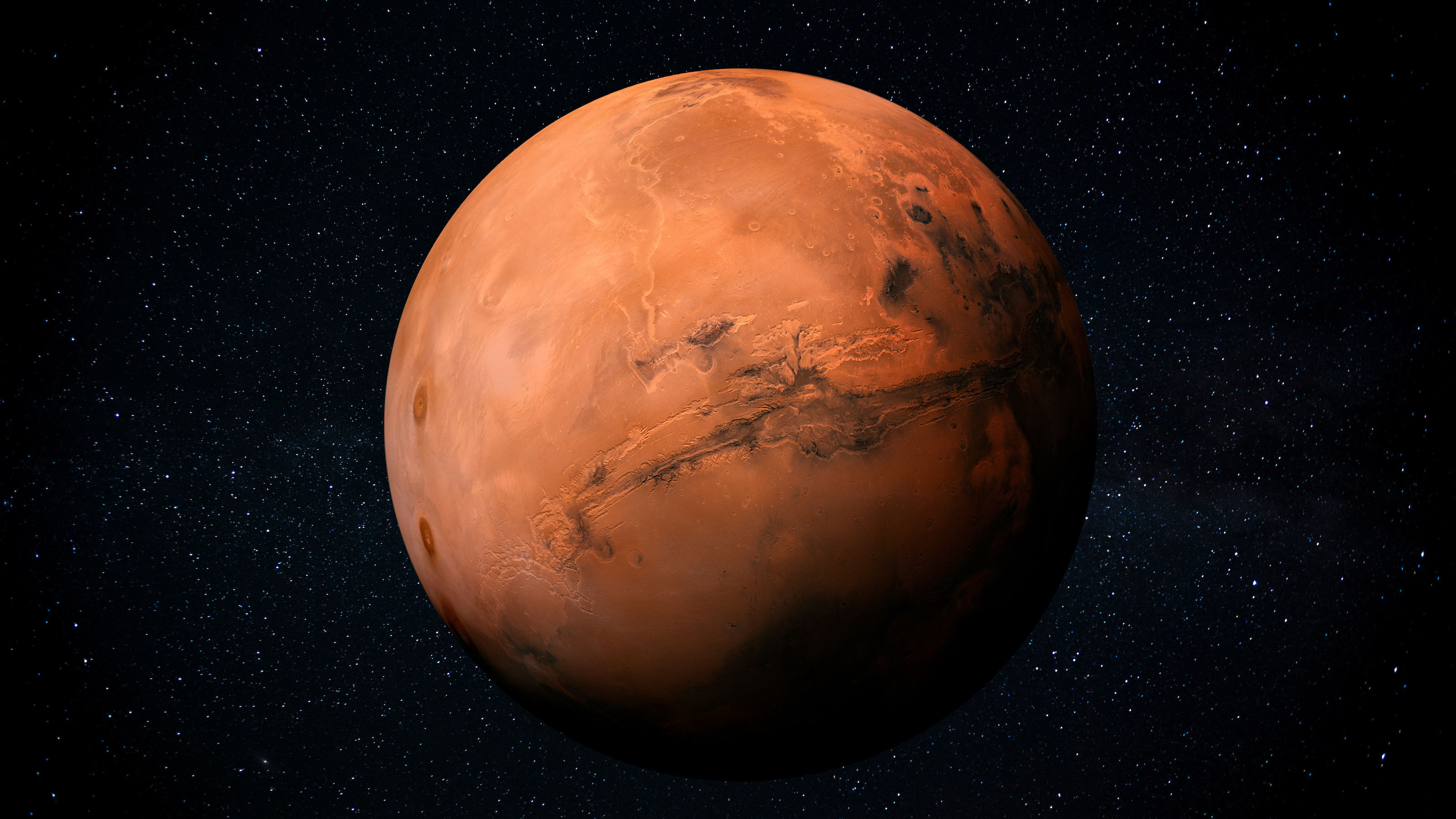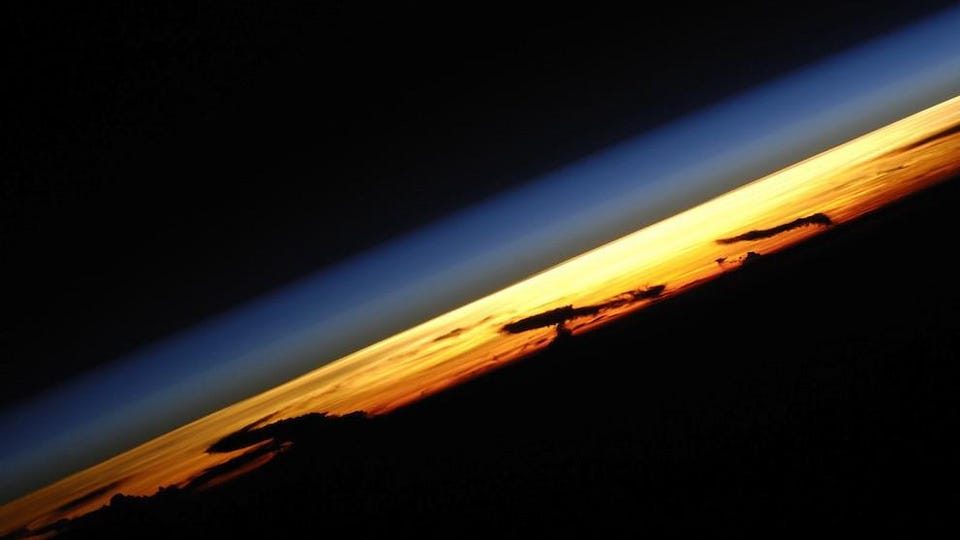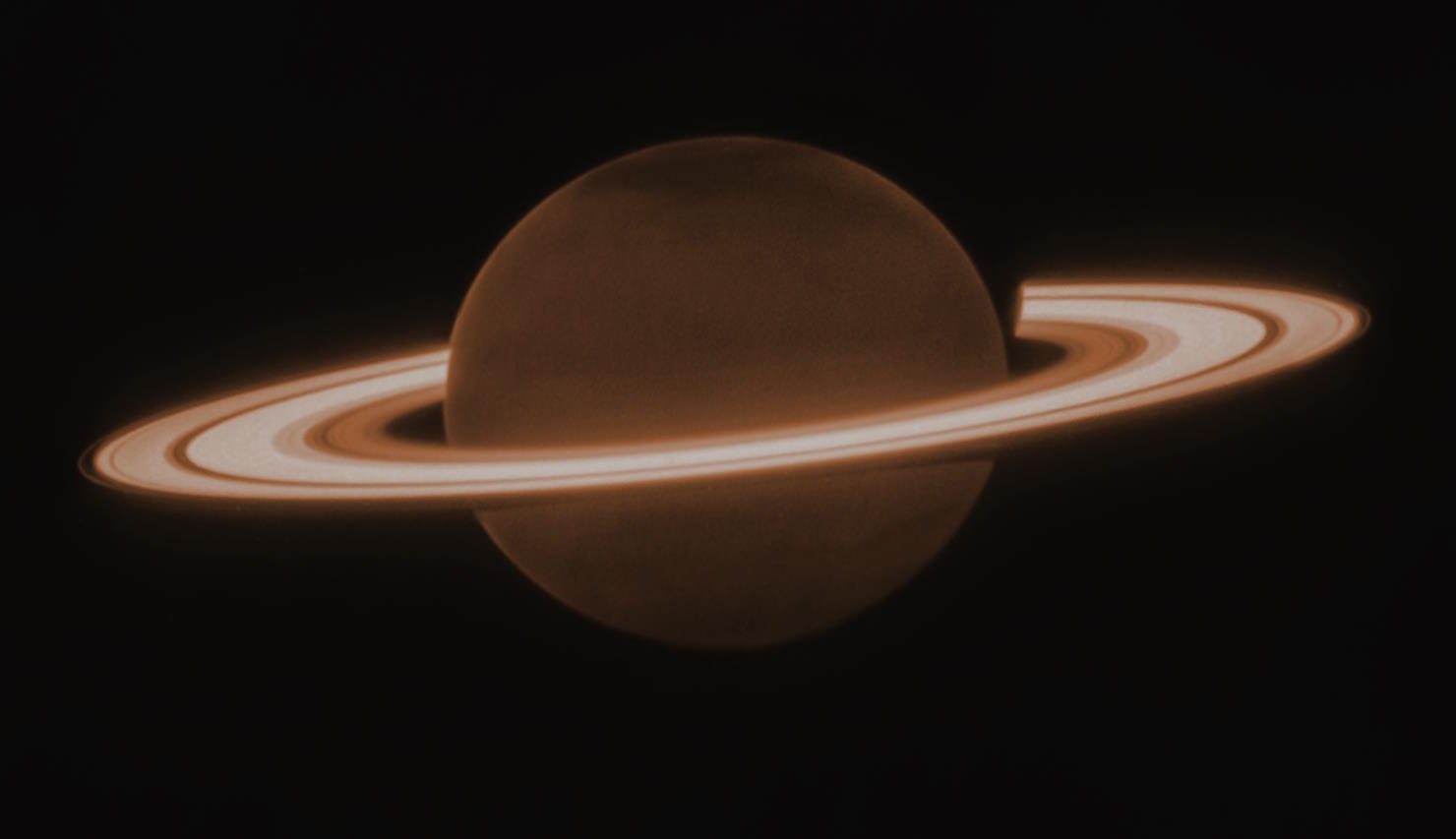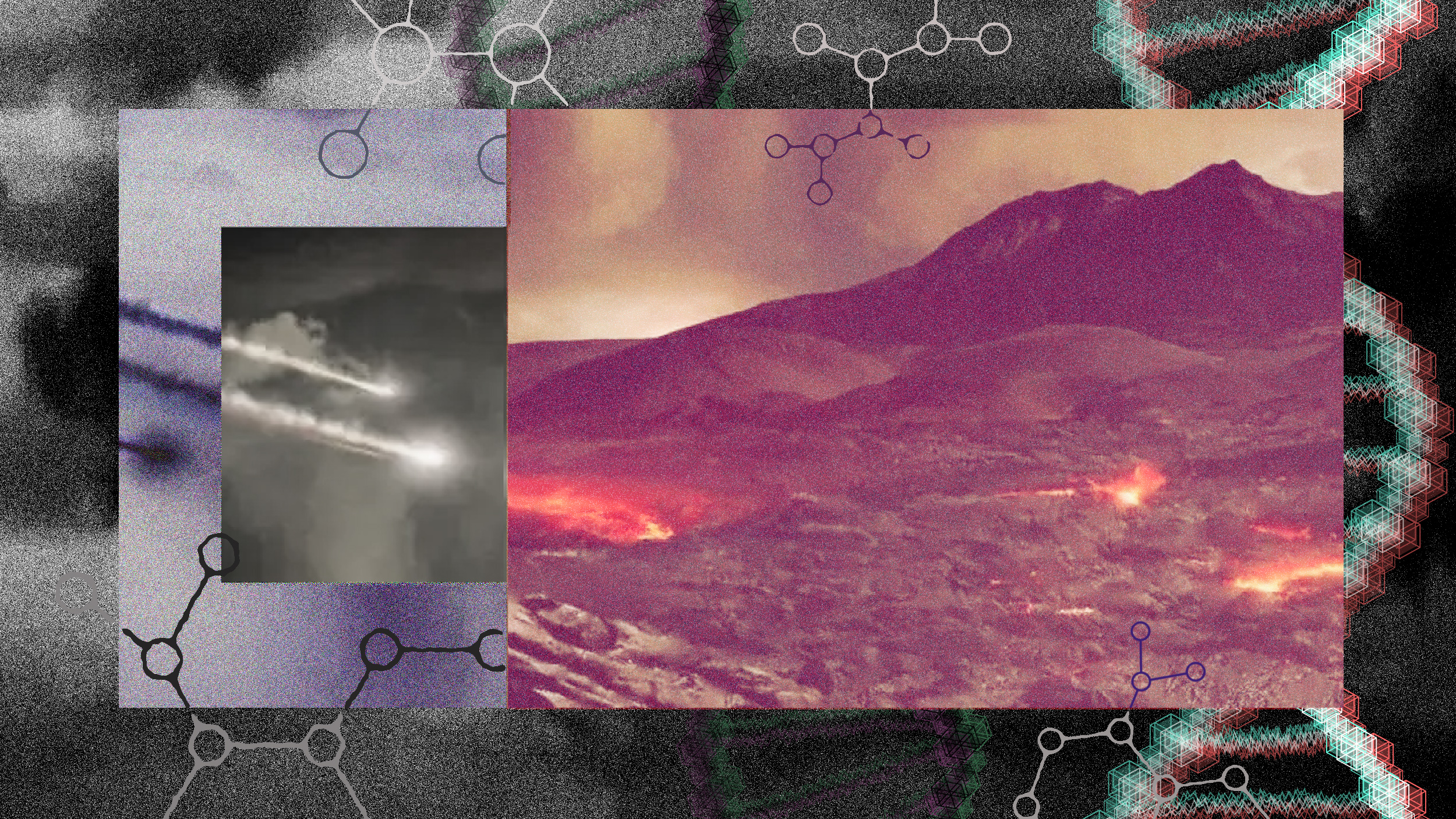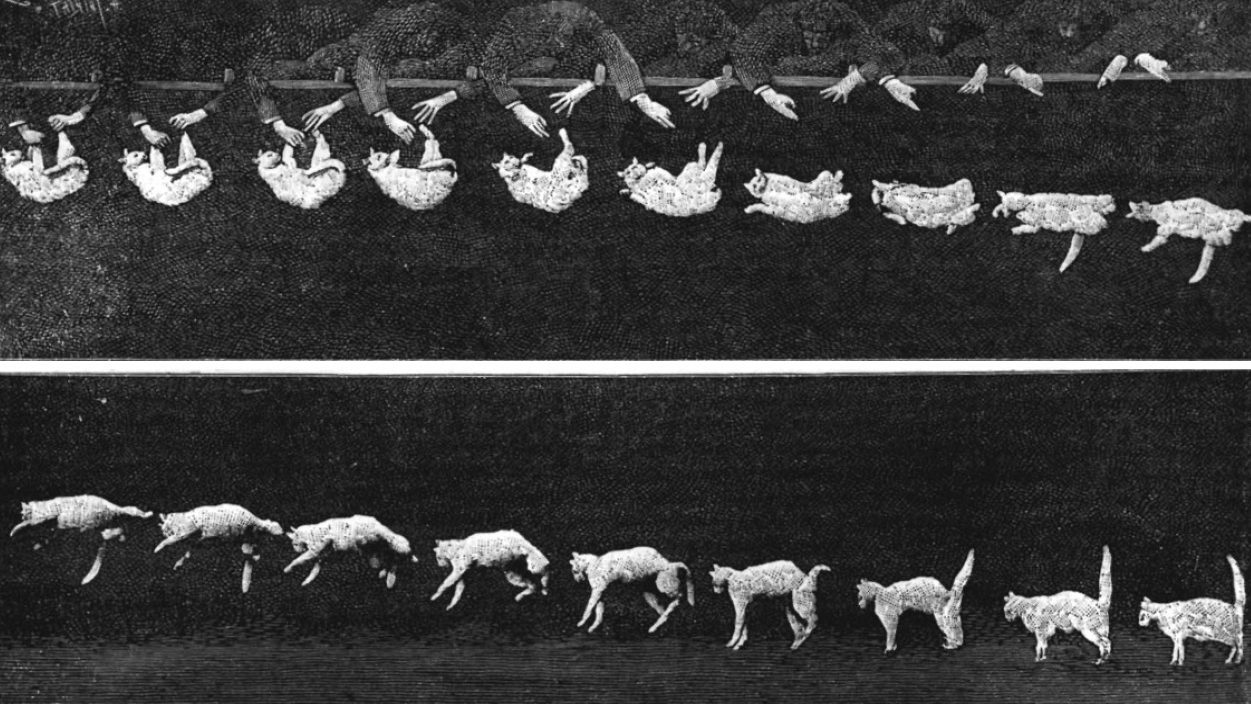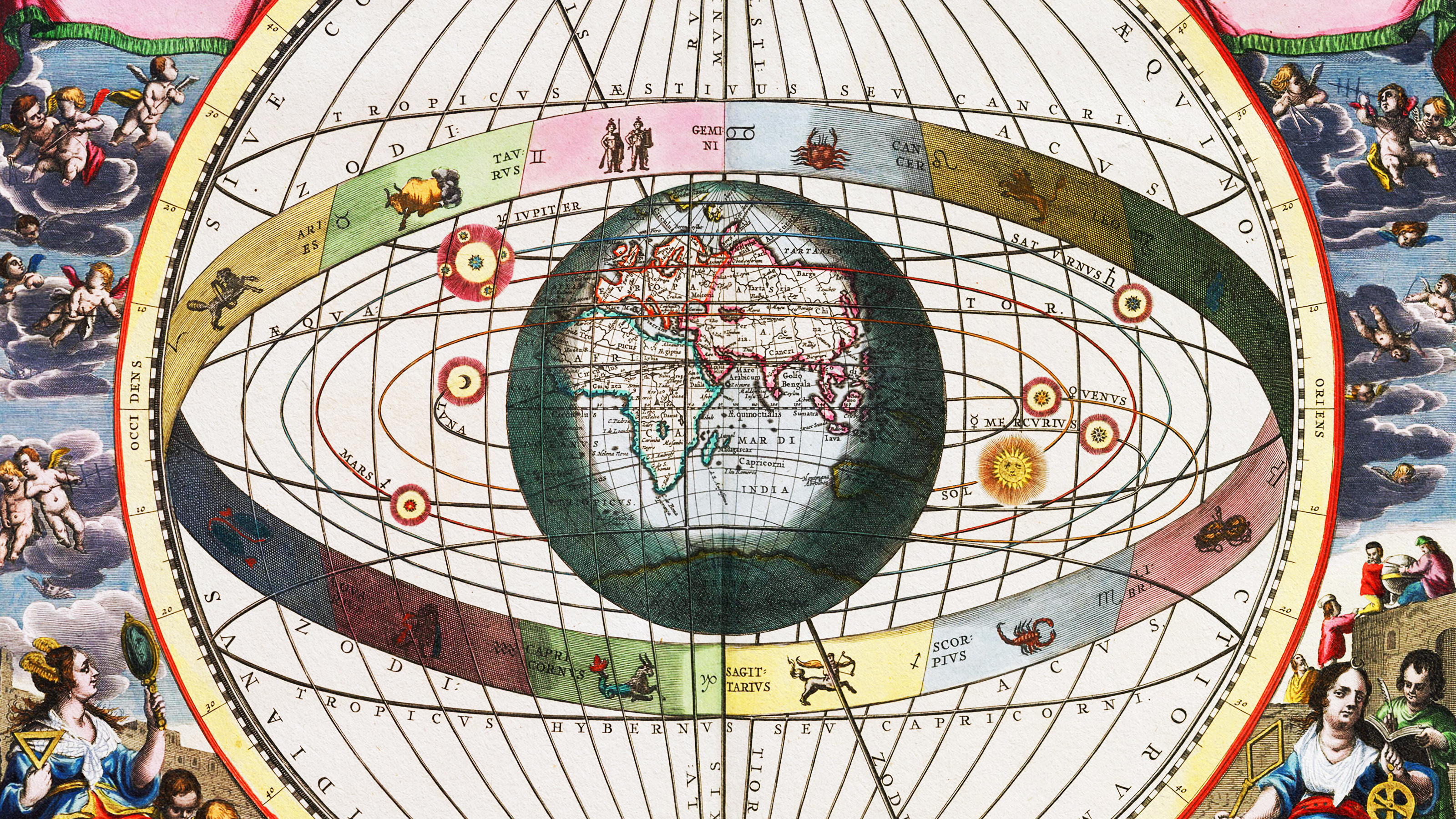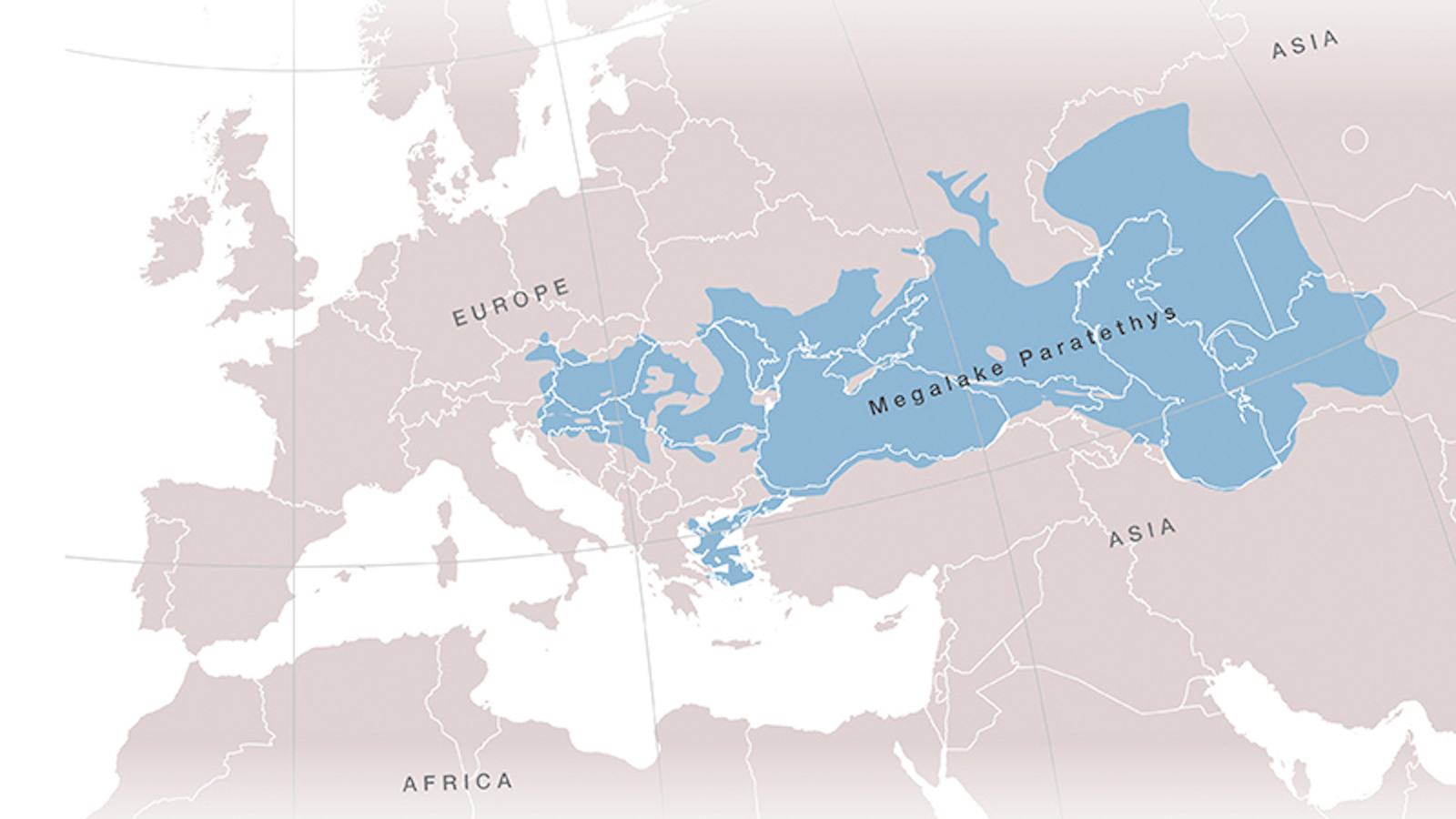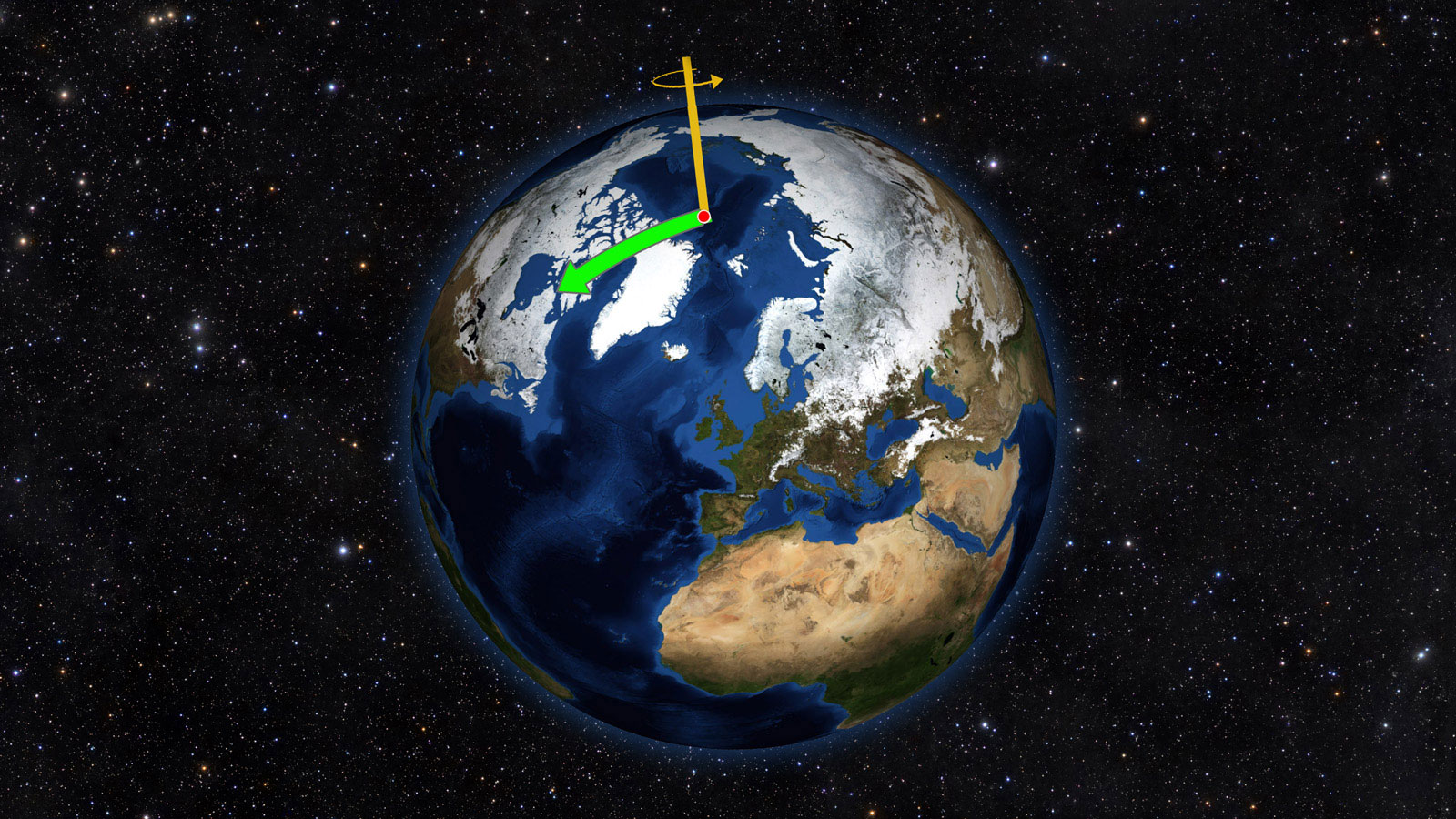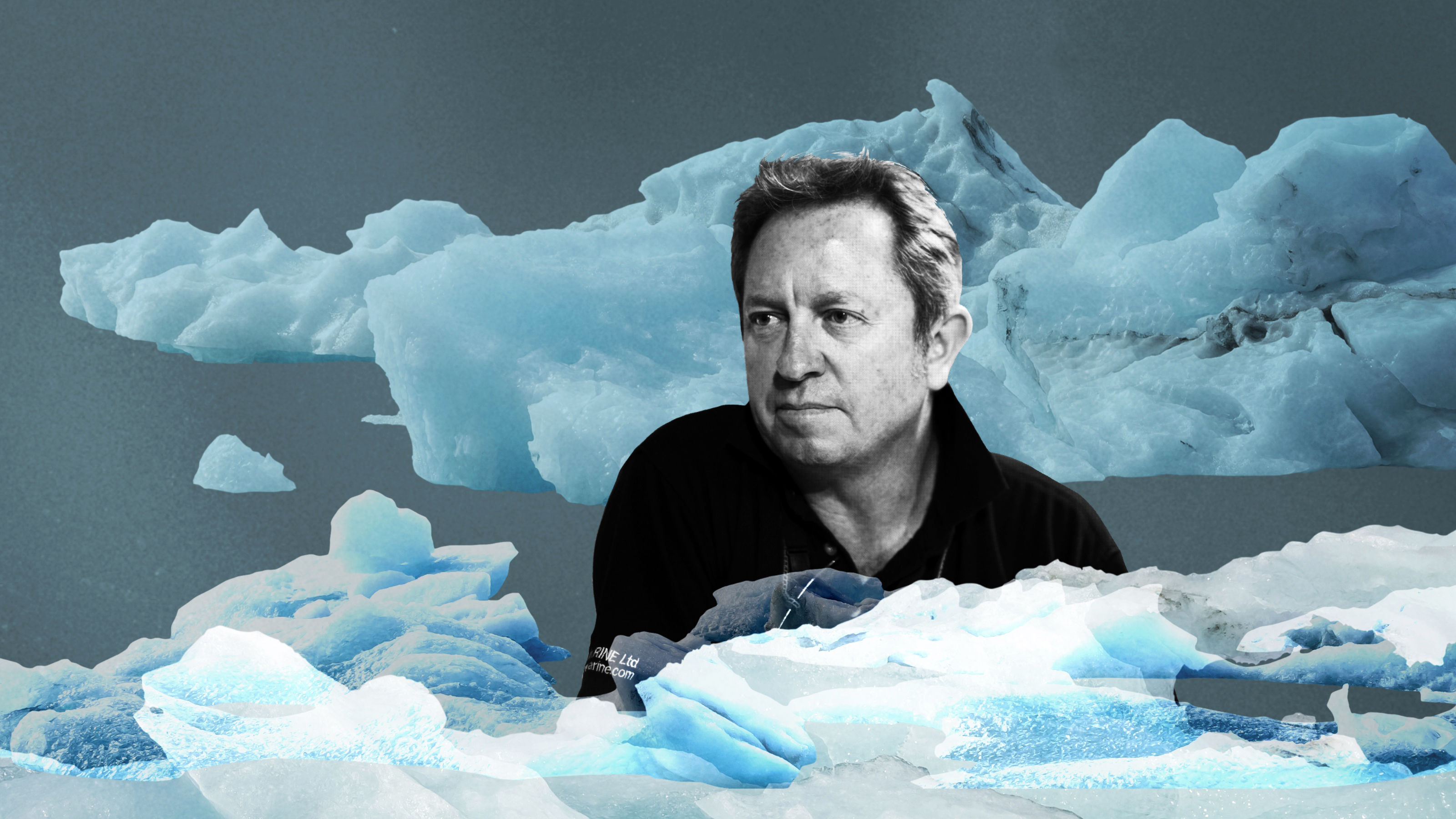The fear of deep bodies of water may be evolutionarily ingrained.
Search Results
You searched for: Water
According to the CDC, 50 countries worldwide have drinkable tap water. But look closer, and the picture is more nuanced.
The number of planets that could support life may be far greater than previously thought, a recent discovery suggests.
There are at least 15 different types of solid water (ice). Now, scientists believe that there might be a second type of liquid water.
This research team is working out how to detect extraterrestrial cells in the liquid water ocean hidden beneath Enceladus’s icy crust.
Sometimes called “the new gold,” sand is the second most exploited natural resource in the world after fresh water.
Exoplanet LP 791-18d is likely to have an atmosphere and liquid water.
Finding this missing piece of water’s path through the universe offers clues to how it came to be on Earth.
While ice itself is slick, slippery, and difficult to navigate across under most circumstances, skaters easily glide across the ice.
Some fascinating observations of K2-18b have come along with horrendous, speculative communications. There’s no evidence for oceans or life.
In the early stages of our Solar System, there were three life-friendly planets: Venus, Earth, and Mars. Only Earth thrived. Here’s why.
In one experiment, the Viking landers added water to Martian soil samples. That might have been a very bad idea.
Figuring out the answer involved a prism, a pail of water, and a 50 year effort by the most famous father-son astronomer duo ever.
While Saturn and its moons all appear faint and cloudy to JWST, Saturn’s rings are the star of the show. Here’s the big scientific reason.
Although early Earth was a molten hellscape, once it cooled, life arose almost immediately. That original chain of life remains unbroken.
The threats Mars astronauts face — and how NASA is working to solve them.
Decades ago, a disaster left three million acres of land uninhabitable and killed between 85,600 and 240,000 people. Chernobyl? No. Banqiao dam in China.
The divers spend their waking hours either under hundreds of feet of water on the ocean floor or squeezed into an area the size of a restaurant booth.
It’s a bird! It’s a plane! It’s a medieval airship!
Cats twist and snakes slide, exploiting and negotiating physical laws. Scientists are figuring out how.
A long view of biological survival might point us to new possibilities for finding life elsewhere in the Universe.
Despite the vast number of planets in the Universe, Earth’s specific evolutionary history guarantees that its life forms — including humans — are utterly unique.
The flavor is “simultaneously fascinating and… abusive.”
Explore how the study of exoplanets is transforming our understanding of ocean formation.
The Black, Caspian, and Aral Seas are the last surviving fragments of a body of water that stretched from Austria to Turkmenistan.
Despite the enormous mass of the Earth, simply depleting our groundwater is changing our axial tilt. Simple Newtonian physics explains why.
Why can’t more rainwater be collected for the long, dry spring and summer when it’s needed?
Simple physics makes hauling vast ice chunks thousands of miles fiendishly difficult — but not impossible.
In the 1960s, politicians and bureaucrats were formulating the Central Arizona Project. Citizens fought back.

